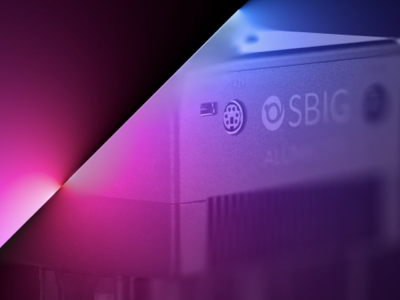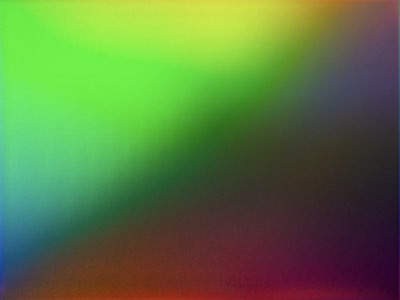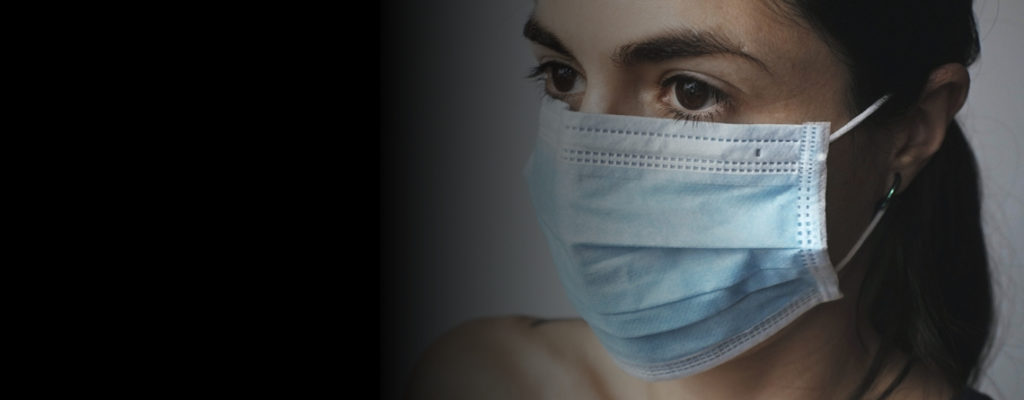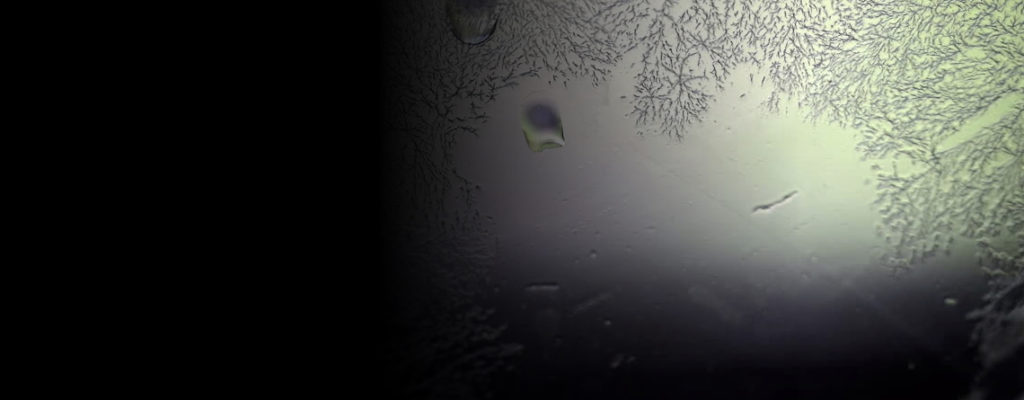
Diffraction Limited’s line of high performance or “scientific grade” CCD and CMOS cameras are designed to operate under extremely low-light conditions with high sensitivity, low noise, and good linearity and dynamic range. Let’s discuss some of these factors in detail, and why they matter when choosing a detector. Detection performance of the camera is all about […]

I’m often asked how CMOS Active Pixel Sensors differ from CCD sensors in terms of image calibration. For me, as a camera designer and a user, it’s been something of a learning process—not all CMOS sensors behave the same way. There are some rather surprising differences compared to CCD sensors. The basic principles are largely […]


by Douglas George In order to get the best results from your equipment, it is important to match the resolution of your camera to the resolution of your optics. In conventional photography your lenses are highly adaptable, with adjustable f/ratio and often zoom capability (adjustable focal length). On dedicated science instruments such as telescopes and […]

[vc_row][vc_column][vc_column_text] During these unprecedented circumstances, we at Diffraction Limited are taking all precautions to ensure the health and safety of our employees and customers. We are monitoring the situation closely and making sure all our employees are diligent about their own safety and that of our customers. We have established stringent guidelines to ensure all […]

by Doug George. Some people ask, “Why do we use desiccant plugs?” Simply put, they minimize life cycle cost and downtime. The imaging sensor needs to be below freezing in order to control dark current and noise. If the sensor is exposed to the atmosphere it will quickly be encased in ice. This not only […]







